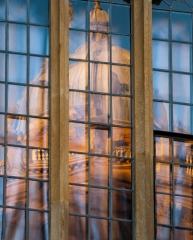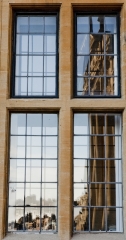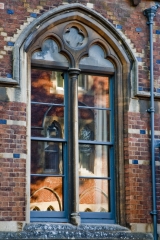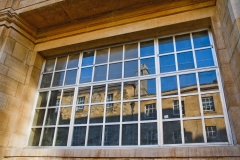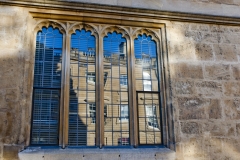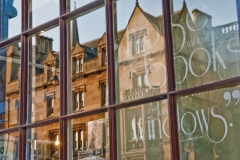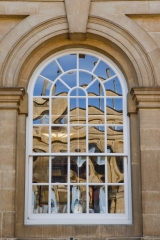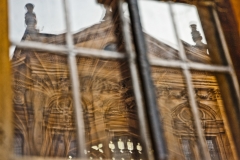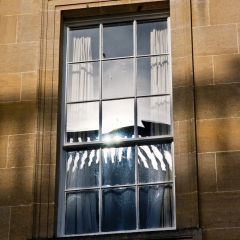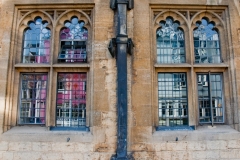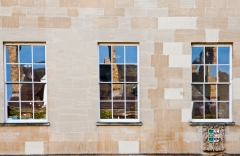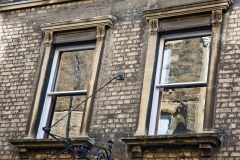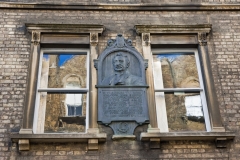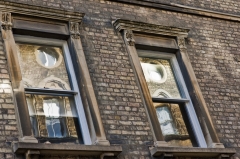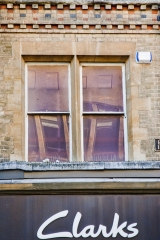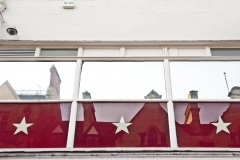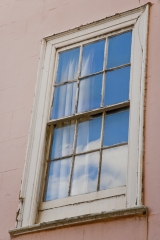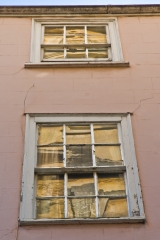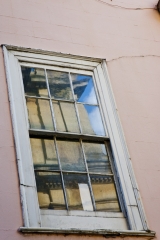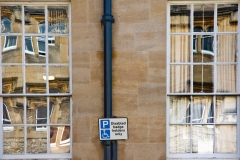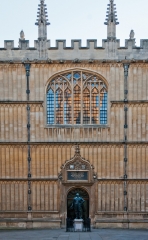My last post was about Oxford kitsch, the kind of pictures the place is known for: College land with its dreaming spires, little lanes, and enchanted gardens. While pulling together these pictures, I thought about some alternative perspective on this little city and decided to go for reflections, since they seemed to suit Oxford well.
Reflections are all about perspective! If you shoot a house across the street and you move a couple of inches, it does not change too much; but if you shoot the same house through a puddle or a window, then moving an inch can change the composition entirely. Because of that I like reflections so much, since they show the perspective of the photographer much more explicitly than other pictures. This makes them also elusive, as interesting reflections are often only visible from very narrow angles. Therefore, they are often overlooked, maybe also since they are mostly quite faint, without much light left, or appearing on light backgrounds. For these reasons, reflections are — even in our age of total documentation — something that goes unnoticed and can surprise.
Among reflecting surfaces, windows are particularly interesting, since they combine the reflected picture with the interior behind, creating even more compositional possibilities. In a partly reflecting window, two worlds meet, sometimes harmoniously befitting each other, sometimes yelling at each other’s face.
So I had the idea to picture window reflections of some of Oxford’s neighboring buildings: The different colleges are built in the fashion of their times, sometimes accommodating different centuries just across the street. The feeling of the place is not represented by any single building, but by the abundance of neighboring styles. It is the stylistic chaos of contradiction and embedding, of forerunners and successors that shapes Oxford in its appearance, exaggerating the differences in age and style by its compact layout. As an added plus, Oxford has a lot of stained glass that provides diverging angles within a single window. Thus, these windows reflect cubisticly distorted pictures of displaced doors and chimneys, resulting in an airy jumble of stone-cast history. And that is Oxford: a dense proliferation of ridiculous dignification.
